This post may contain affiliate links, meaning I can earn a small commission from items you purchase (at no cost to you).
If you’re anything like me, your blender gets more action than your other kitchen appliances. When you invest in a high-quality blender for smoothies— taking care of it really does matter. I’ll teach you how to clean your blender—from quick daily cleaning to deeper resets so your trusty wellness buddy looks and feels brand new.
Table of contents
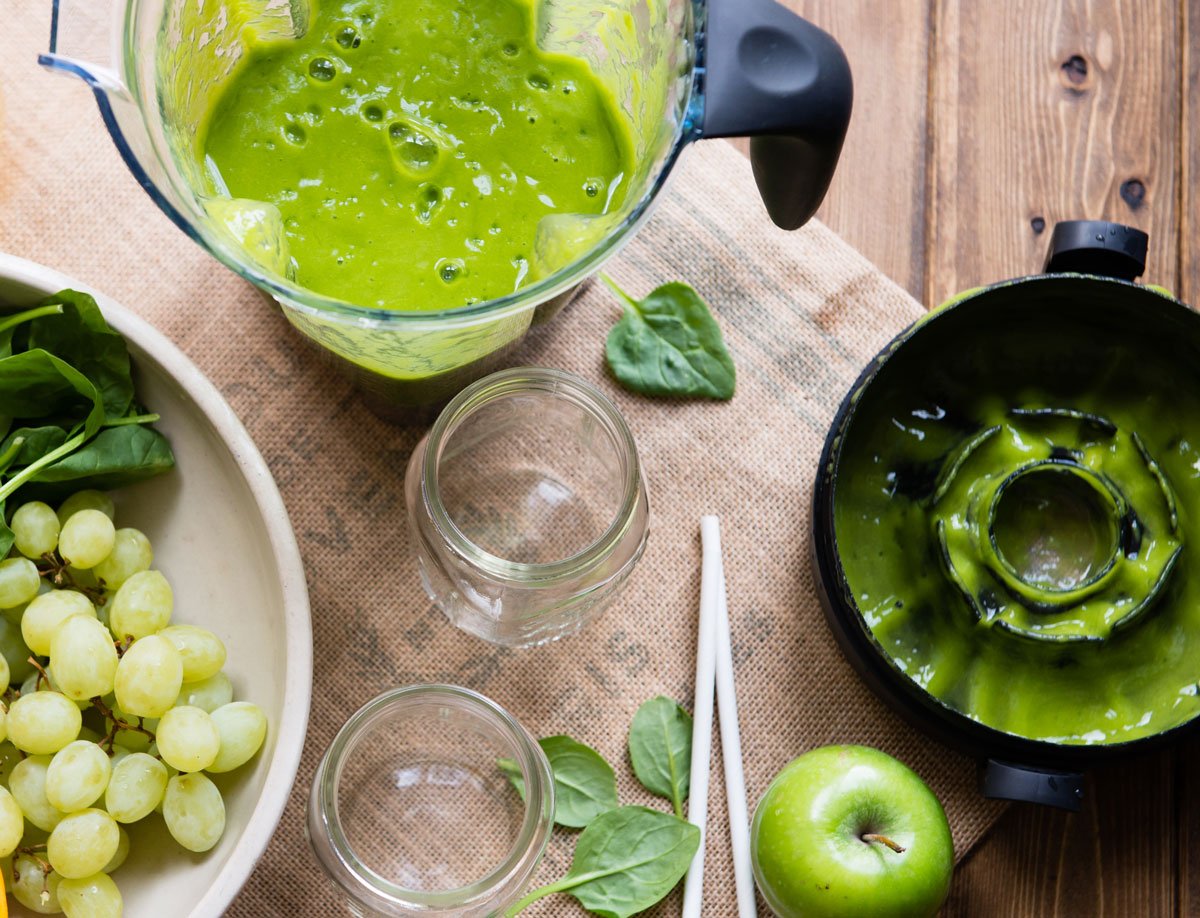
Quick Clean Blender Method
When you don’t have time for a full scrub, this three-step method keeps your blender nice and pretty.
- Add soap and warm water: Fill the blender halfway with warm water and add a few drops of dish soap.
- Blend: Secure the lid (trust me on this part!) and blend on high for 20–30 seconds.
- Rinse well: Pour out the soapy water and rinse until clean.
This quick clean method works best if done right after pouring your smoothie to prevent any dried-on bits. I like to give mine a quick rinse before adding soap and water—just like pre-rinsing dishes before the dishwasher.
How to Prevent Water Spots
Use a hand towel to dry the blender container immediately after washing.
Save this Guide for Later
Enter your info below and I’ll send it straight to your inbox to save for later.
How to Clean Vitamix Blender
To clean a Vitamix blender, fill the container halfway with warm water, add a drop or two of dish soap, and blend on high for 30–60 seconds. For stubborn stains, use a baking soda paste or vinegar soak, or scrub gently with a bottle brush. Always wipe the base with a damp cloth—no soaking!
If you have a newer Vitamix model (Ascent, Alta, Venturist, Explorian series), hit the “self clean” button and it’ll run a full clean cycle on it’s own.
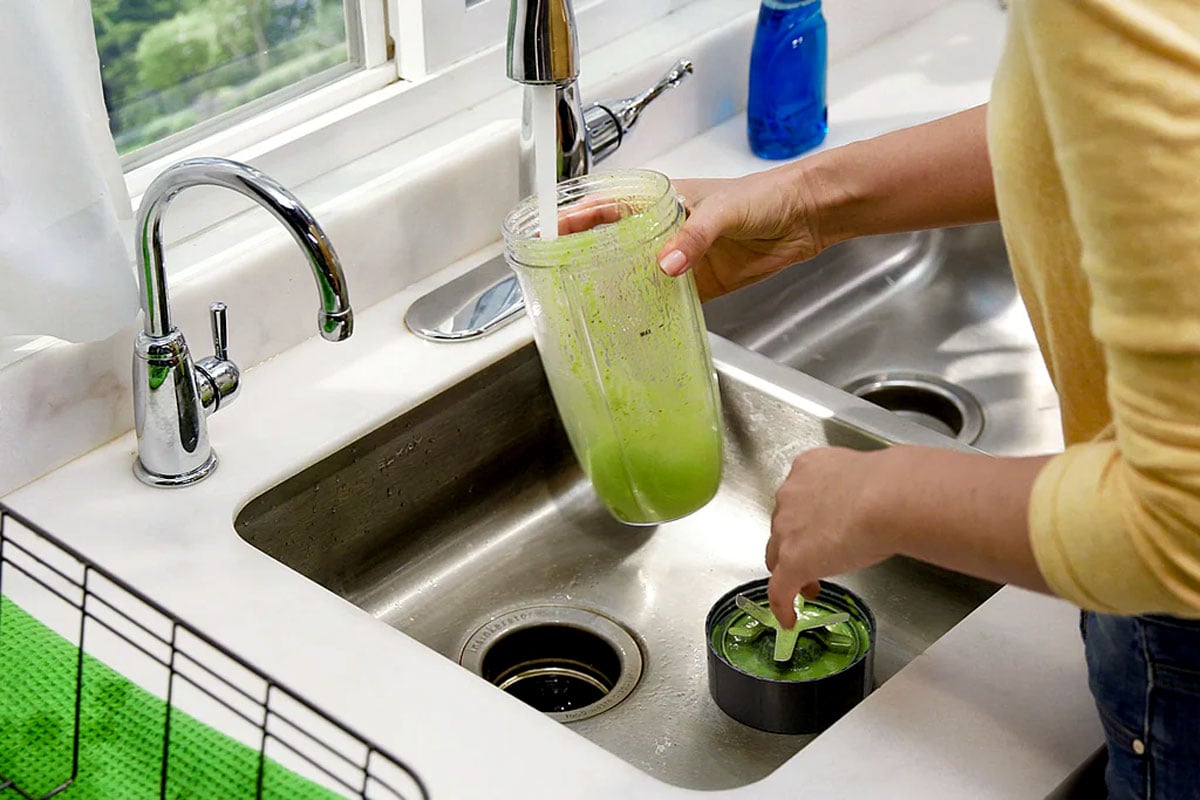
How to Clean Nutribullet
An easy and efficient way to clean stuck-on ingredients is to fill your Nutribullet cup with warm water and dish soap, screw on the extractor blade and run your nutribullet for 20 to 30 seconds. This will loosen stuck-on ingredients, and with a light scrub and rinse, you’ll be finished cleaning your cup and blade.
The Nutribullet cups and lids are top-rack dishwasher safe—meaning you can do a quick rinse and then toss in the dishwasher. Make sure to skip the sanitize cycle since high-heat can warp the plastic.
Want more ways to clean a Nutribullet? Head to the nutribullet blog.
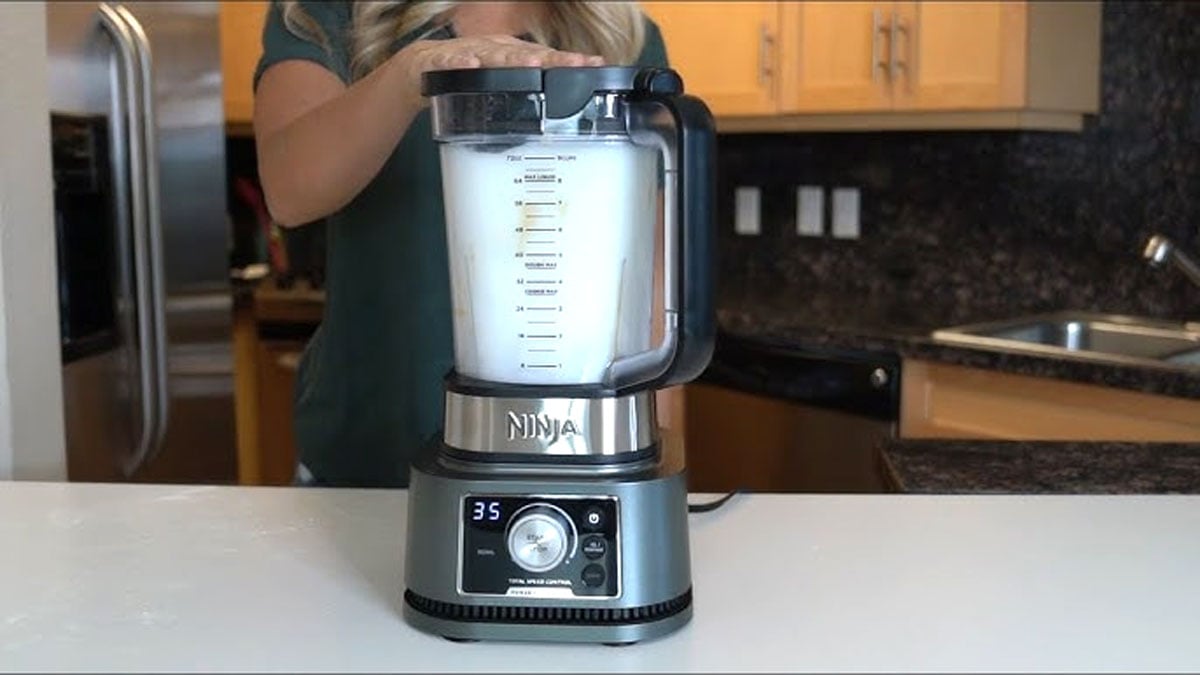
How to Clean Ninja Blender
To clean a Ninja blender, blend warm water + a drop of soap on high for a quick self-clean. Hand-wash blades carefully with a brush and soapy water (the blades are crazy sharp!). Wipe the base with a damp cloth and dry everything before storing to minimize water spots.
Most Ninja blender attachments are dishwasher-safe, which means you can also place in the top rack for a deep cleaning. Just make sure to turn off “sanitize mode” to prevent high heat from warping the lids and containers.
Want more ways to clean a Ninja blender? Watch this Youtube cleaning demo.
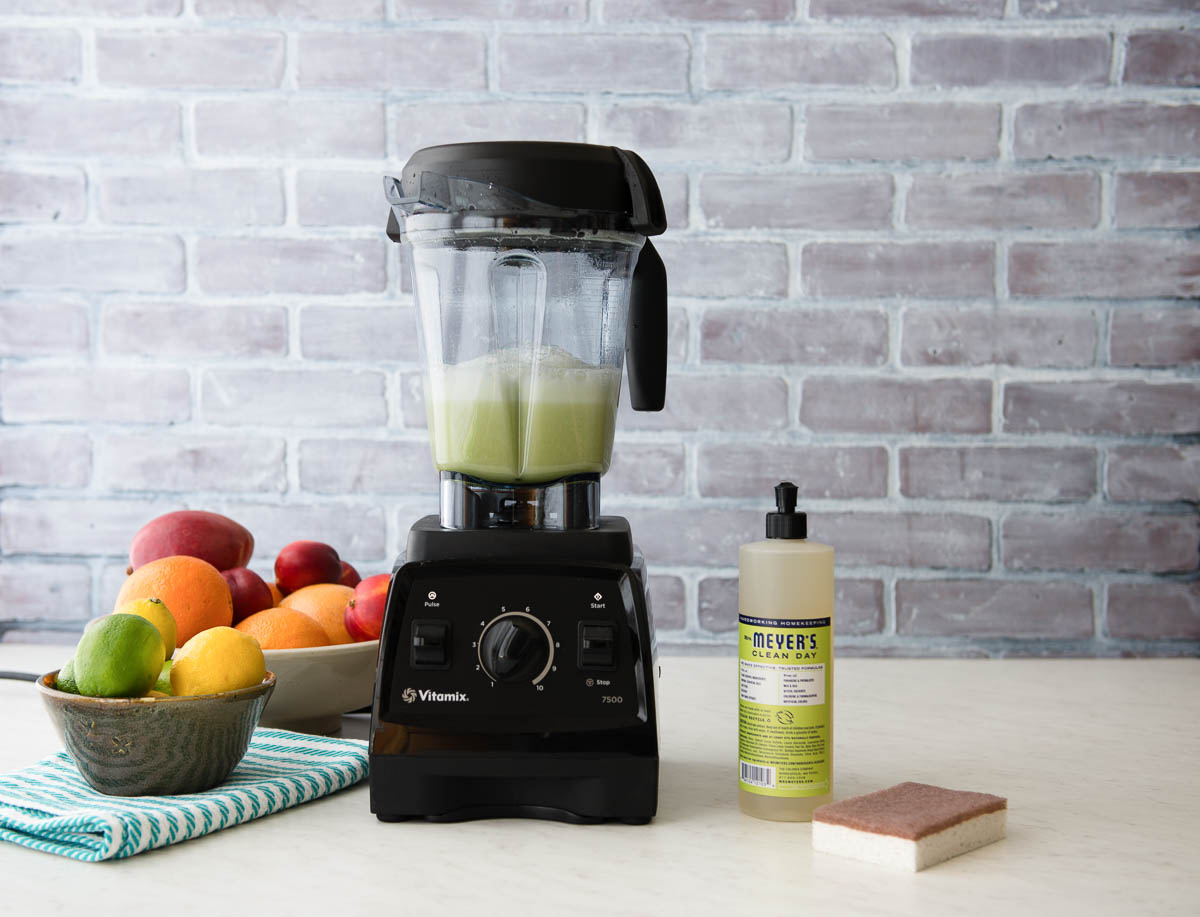
Deep Cleaning Blender Method
When your blender jar sat for hours after blending your smoothie– it’s gonna need a deep clean to get off the food residue. Mineral deposits, oils, and smoothie stains can leave residue behind. Here’s how to bring back the shine:
- Baking Soda: Mix baking soda with water into a paste. Spread it on tough spots and let it sit for 30 minutes, then scrub in circular pattern with a soft cloth. Baking soda’s gentle abrasiveness cuts through buildup without scratching. Rinse well.
- Vinegar: Add 1 cup white vinegar to your warm soapy water, or soak the container in a half-and-half vinegar-water mix. It’s especially great for loosening stuck chia seeds or dried smoothie bits.
- Scrub Brush: Peanut butter lovers, take note—stubborn spots under the blades need a stiff brush and soapy water. Clean them well to prevent bacteria and buildup.
Base and Blender Blades
- Blades: I like to use the self-clean mode to tackle the blades. Yet if something is till stuck, try using a small cleaning brush and warm soapy water to scrub under and around the blender blades.
- Base: Wipe the outside of the blender base with a soft, damp cloth. Add a splash of vinegar, all-purpose spray or drop of dish soap if it’s greasy.
Avoid abrasive pads—they can scratch plastic or metal surfaces. And don’t ever submerge the base in water!
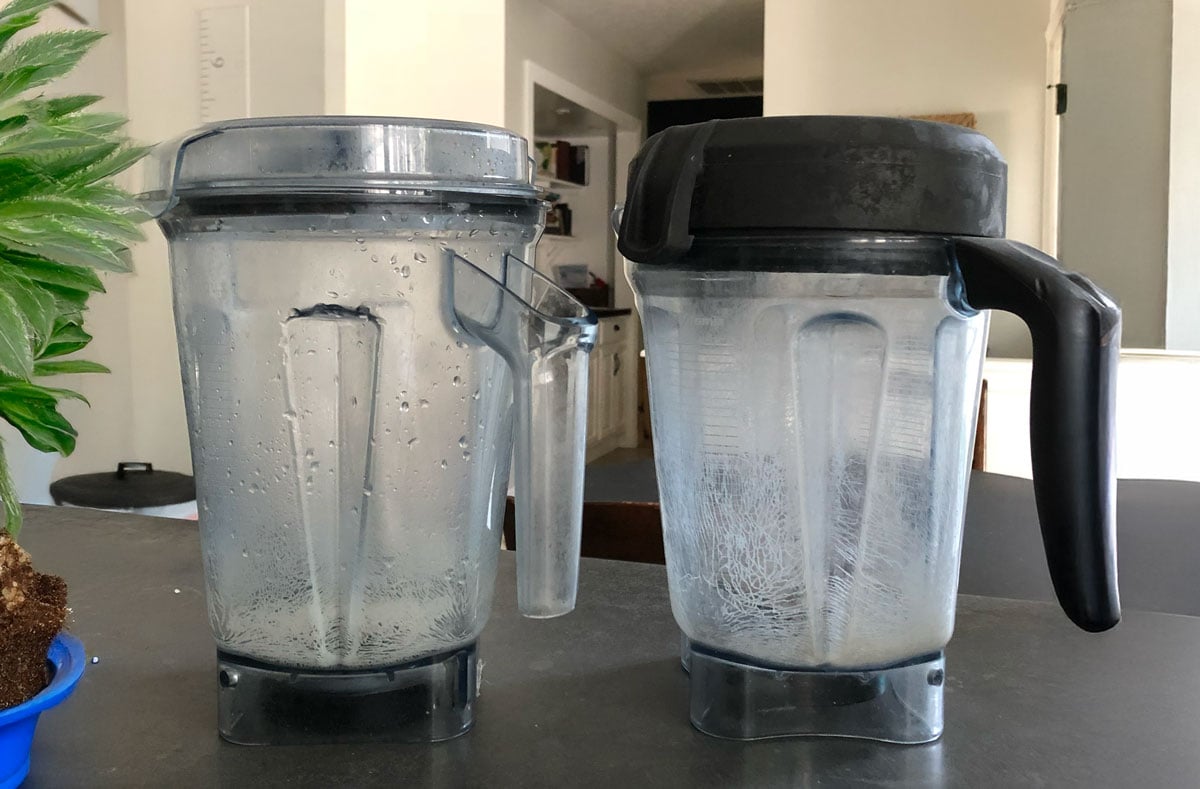
Cloudy Blender Container Cleaning Method
If your blender container has gone cloudy or streaky from blending mineral-rich produce (or having hard water). No worries—it’s not dirty! Use this two-step method to get the job done:
- Baking soda scrub: Mix baking soda and water into a paste; scrub in circular motions with a soft cloth. Elbow grease wins! Rinse well and dry thoroughly to avoid water spots.
- Vinegar soak: Add 1 cup vinegar + warm water halfway. Soak overnight, scrub gently with a soft pad. Rinse well and dry thoroughly to avoid water spots.
A combination of baking soda and vinegar works best—scrub first, soak second, rinse well, and dry thoroughly. To avoid a cloudy container, quick-clean blender container immediately after using and make a deep clean a monthly ritual.
Cloudy vs Cracked Container
I used to blend super hot coffee in my Vitamix to make my Healthy Coffee recipe—big mistake as you can see in the photo above. Plastic containers crack from thermal shock (rapid temp changes) or dishwasher heat (think “sanitation mode”). Blending liquids over 170°F stresses the plastic, causing hairline cracks or failure. Let hot stuff cool first, use warm soapy water for cleaning, and contact Vitamix or your blender company for replacements—my DIY cleaning tips won’t cut it here.
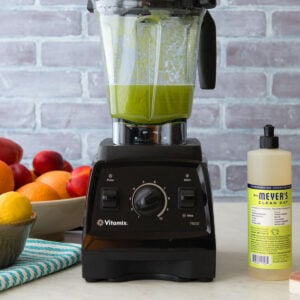
How to Clean a Blender
Ingredients
- 3 drops dish soap
- 4 cups warm water
- 1 cup white vinegar optional
- ¼ cup baking soda optional
Instructions
- Add soap and warm water: Fill the blender halfway with warm water and add a few drops of dish soap.
- Blend: Secure the lid (trust me on this part!) and blend on high for 20–30 seconds.
- Rinse well: Pour out the soapy water and rinse until clean.
- If still dirty: read notes below and use baking soda and vinegar.
Equipment
Video
Notes
- Baking soda: Mix baking soda with water into a paste. Spread it on tough spots and let it sit for 30 minutes, then scrub in circular pattern with a soft cloth. Baking soda’s gentle abrasiveness cuts through buildup without scratching. Rinse well.
- Vinegar: Add 1 cup white vinegar to your warm soapy water, or soak the container in a half-and-half vinegar-water mix. For cloudy containers, soak over night. It’s especially great for loosening stuck chia seeds or dried smoothie bits.
Common Questions
If your blender has sharp blades, don’t touch the blades directly! Use the self-clean method: blend warm soapy water on high for 30 seconds. For stuck-on bits, scrub gently with a small brush and soapy water while the container is off the base. Progress over perfection—rinse right after use to keep things easy.
Blender lids often have weird crevices that make them hard to clean. Don’t be afraid to soak that lid in warm, soapy water for 30 minutes to help lift up tough spots. Also, if your lid has a rubber gasket around it, make sure you remove and clean that often as well. That is the perfect place for mold to get trapped.
Newer Vitamix containers, lids, and tampers (Ascent, Venturist, Explorian series) are top-rack dishwasher safe. Older models like 5200 or Legacy need hand-washing to avoid damage. Stick to the blend-clean method for all—it’s gentler and keeps that sparkle longer.
For stains, make a baking soda paste, apply to spots, let sit 30 minutes, then scrub and rinse. Odors? Blend a lemon-water mix or vinegar soak overnight. Your chocolate peanut butter smoothies won’t haunt your next green one—vinegar zaps smells fast.
Quick clean daily right after use. Deep clean weekly with baking soda or vinegar if cloudy. If blending raw stuff or for picky eaters, sanitize monthly by blending a diluted bleach solution (1 tsp per quart water), then rinse well. Consistency keeps it rawkin’!
Unplug first, then wipe the base with a damp cloth and mild soap—no submerging! For greasy spots, add vinegar to the cloth. Skip abrasives—they scratch. A quick wipe after each messy blend keeps your base looking new without any drama.

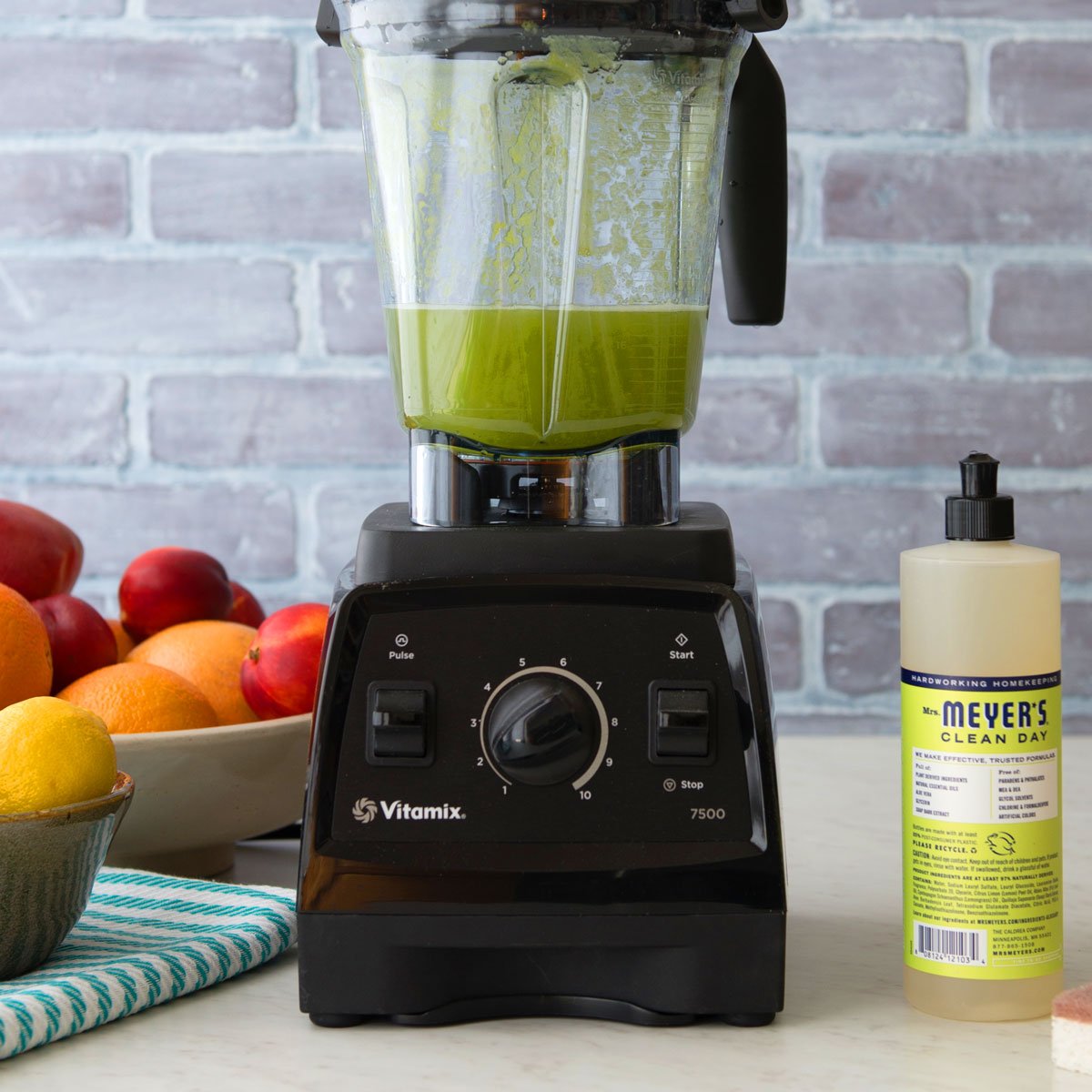
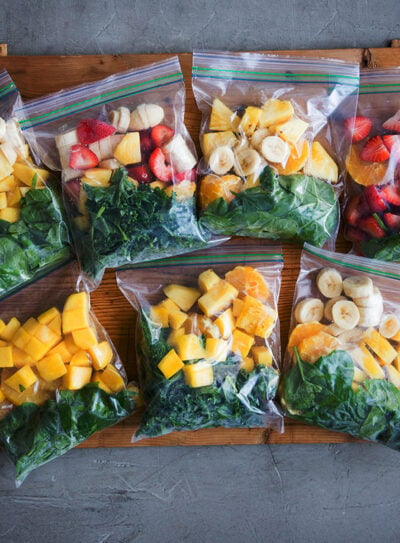
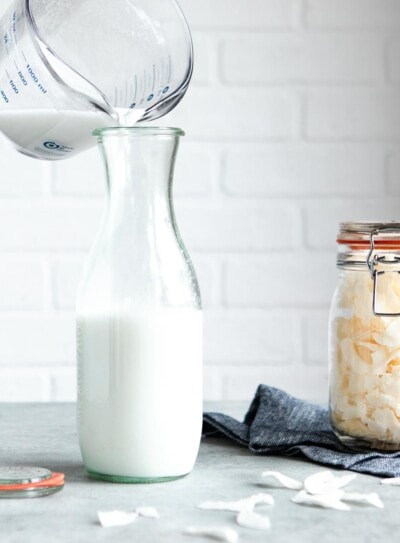
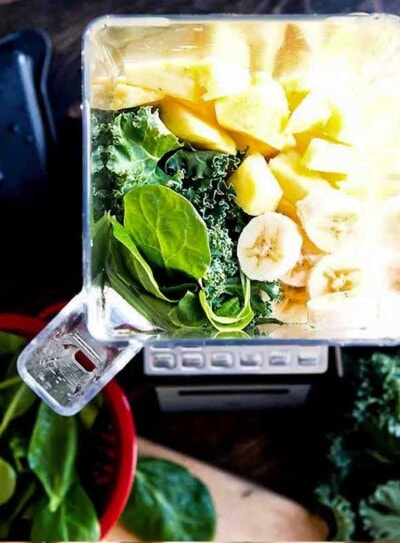
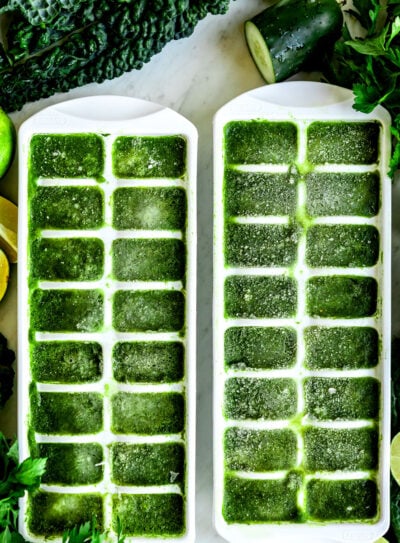
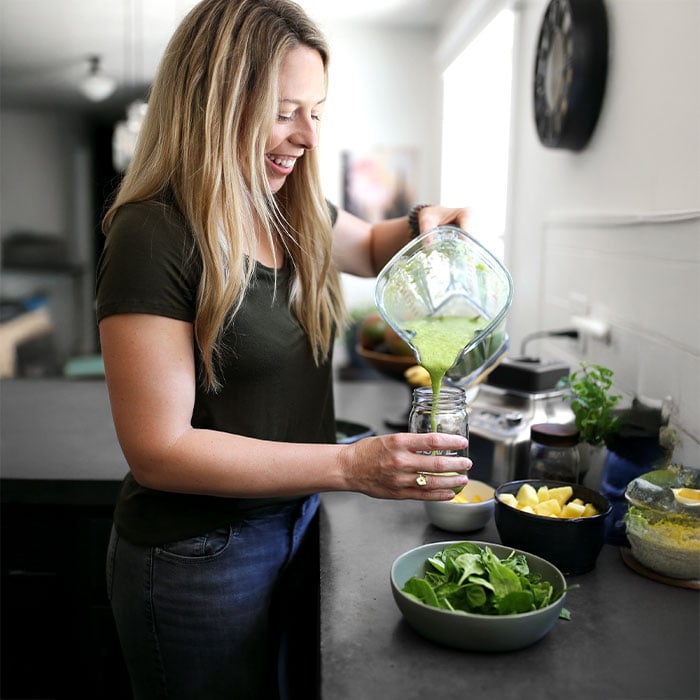









I do rinse it out immediately after blending our green smoothies every morning. Then, once a week I put my Blendtec and its lid & cap in the dishwasher, lid & cap on top rack, blender jug on bottom facing down, and it cleans it up quite nice.
Has anyone thought of using citric acid to clean the blender jug? I use citric acid to clean my egg cooker. After a number of uses the calcium build up starts sticking to the non stick coating of the cooker base. Easiest way to clean is to use a couple of tablespoons of citric acid and boil it up in the cooker. The mineral build up just floats away. I can’t see why it shouldn’t work with the blenders. I don’t have a build up problem with my blender as it has a glass jug. It would be interesting to here if it works.
Where can I get citric acid?
I bought citric acid on Amazon:
Thanks, Heather. Does critic acid work on any non-stick pan?
I like your technique because IT SAVES WATER!
We are all organic, pro-health water but we waste so much water. One day we will miss it.
Thanks, Lechuga. 🙂
I have a Vitamix that I adore. I have had it for a year now and I have very hard water where I live. Everything gets crusted with minerals constantly. But not my Vitamix! I clean it like this daily but I always rinse it and then towel dry it.
If I didn’t, it would be coated with lime quickly. My Nutribullet got that way very quickly as I did air dry it. I couldn’t get rid of the mineral buildup with anything!
I gave my NB to my son anyway, but I don’t want my beautiful (6300) VM getting ugly like that. I don’t use my blender to make my coffee/butter/coconut oil mix, I use a little immersion attachment for my hand mixer. Works just fine.
For those of you that are curious:
Enjoy!!
Thanks for sharing. 🙂 Cheers, Jana. 🙂
My vitamix container got really bad. I filled it with vinegar and let it soak for a couple of days. Then I used baking soda and scrubbed with a sponge and it really cleared it up. I also read on the Vitamix website that you should always dry it out with a towel after cleaning and don’t let it air dry. Since I have been doing that it has stayed clearer and less fog build up.
Great tips, Lisa!
I wonder if the fog problem is due to using citrus fruits, like lemons, limes, grapefruits, etc. I use Young Living Essential Oils and only use the citrus oils in a glass container b/c they will make a plastic cup look cloudy from stripping a layer of the plastic off. Not something you want to drink! Just a thought…
Not sure, Katie what causes it. Lisa (the comment above) has some great tips. 🙂
The only thing I’ve found to work to remove the cloudy film from my Nutribullet cup is to use soapy hot water and spin it (to clean the blades), and then add some bleach, (Yes, bleach) to the cup and let that sit in the cup for a few hours or overnight. It works like a charm… I just hope it’s safe… (??)
Not sure you want to use bleach on items that you will use to drink out of. I would stick to baking powder and vinegar if needed.
I thought the same thing Jessie, but my boyfriend insists that it’s perfectly safe… Hmmm…..
🙂
I use an immersion blender for my bulletproof coffee….and I add a heaping teaspoon of turmeric paste to make what I call a “Golden Latte”….OMGOODNESS! Who knew butter and oil in your coffee could be so wondeful?!?
Sounds great!
I would love a recipe for the homemade LaraBars you mentioned…they can get expensive!
Yes, they can.
I will ask Jen and get back to you. Maybe we can do a new post on all things Jen’s recipes. 🙂 She’s got some good ones.
I’ve tried all kinds of ways to get rid of that foggy film on my Vitamix and it is still there. I wash it every time I use it with water and dish soap and let it run at least a minute. I have scrubbed it with a non scratch scrubbing pad and still can’t get that fog off. What is going on?
Hey Vikky,
Do you use oils in your blender?
I put my vitamix in the dish washer at least once a week, it gets really clean.
Hey Jody,
Thanks for the comment. I would suggest double checking on Vitamix’s website, not all Vitamix’s are dishwasher safe.
Water – dash of Cascade-run on high 30 sec and rinse well
🙂
Cleaning the blender this way was a MAJOR selling point for me in deciding to buy a Vitamix. It’s so quick and when the water gets hot after blending I use the water to get rid of all that gunk that sticks to the blender cap.
I use coconut oil in my smoothies everyday and my vitamix is cloudy. Thanks for the tip on cleaning it up 🙂
🙂 Happy to help. 🙂
I have a omega juicer that got cloudy , I make alot of fresh pineapple juice, when I started that, it started clouding up. (could it be the same with the Vitamix , mine is new and hasn’t clouded up yet.) I’m going to try some coconut oil with baking powder to clean it. Thanks for the great tip. Jothi
🙂 Cheers!
I use hot soap water and it works, can I ask what is with coconut oil and coffee.
I will ask Jen. 🙂 It is a popular request. 🙂